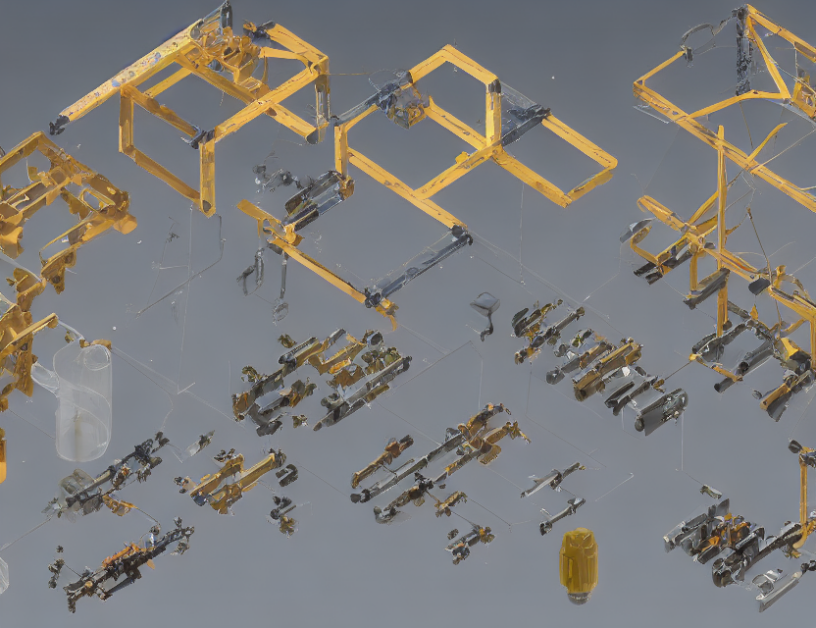Proteins are complex biomolecules that can fold into specific shapes, which is crucial for their functions. Understanding how proteins self-assemble into these shapes is essential, but it’s a challenging problem due to the vast number of possible configurations and the complexity of the energy landscape. In this article, we propose a new method called coarse-graining energy landscapes, which simplifies the process by focusing on the most important aspects of the protein shape.
Our approach uses a mathematical technique called morphometry, which allows us to represent the protein shape in a more simplified and efficient way. We use this representation to compute the free energy landscape, which describes the energy of the system as a function of the protein’s configuration. By doing so, we can efficiently simulate large-scale self-assembly processes of proteins without having to consider every detail of the protein structure.
We tested our method using several model shapes and showed that it can accurately predict the ground state, which is the most stable configuration of the protein. We also demonstrated that our approach can be used to study the effect of small modifications in the shape on the self-assembly process.
In summary, our coarse-graining energy landscapes method simplifies the complex process of protein self-assembly by focusing on the most important aspects of the protein shape. By using this approach, we can efficiently simulate large-scale self-assembly processes and gain insights into how proteins fold into their specific shapes. Our method has the potential to be used in the development of new drugs and therapies, as well as in understanding the mechanisms of protein misfolding and disease.
Computational Physics, Physics
Unlocking Self-Assembly: Understanding HMC Failure Modes in Shape Assembling Systems



